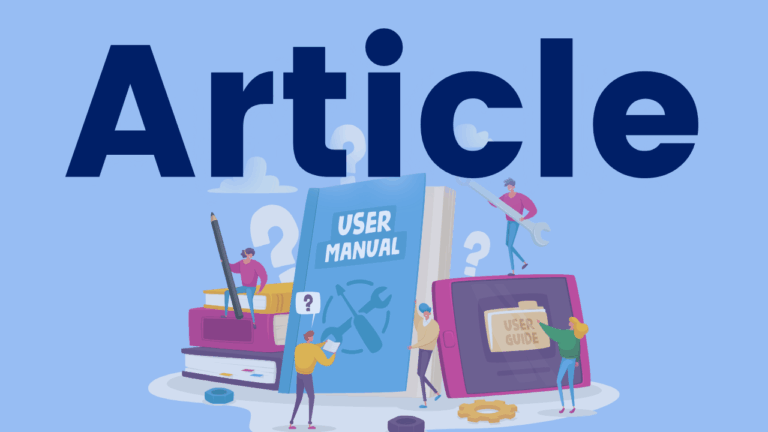Teaching Summary Writing to Support Comprehension
Watching this webinar from PaTTAN, you will learn why summarizing has been identified through research as highly effective for developing comprehension and writing. It defines a quality summary and how it differs from retelling or paraphrasing. Practical suggestions for explicitly teaching summary writing based on text and non-text sources will be shared, including scaffolds. The…





